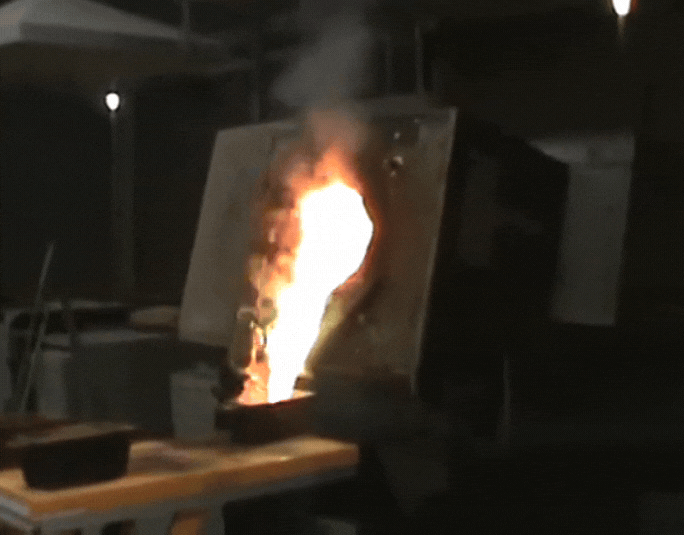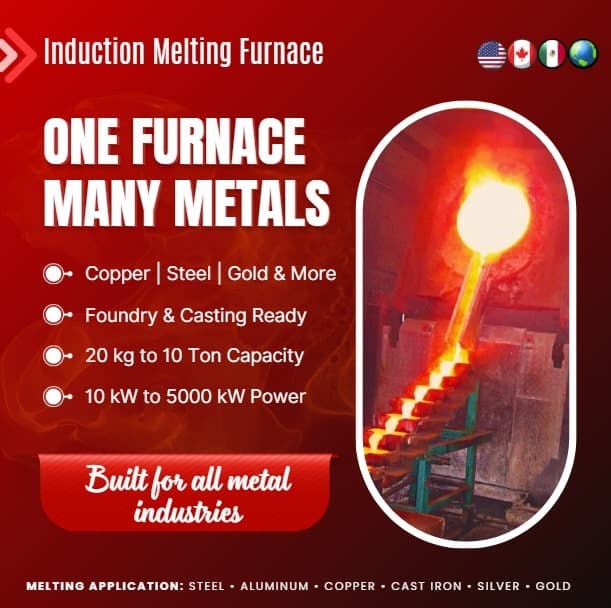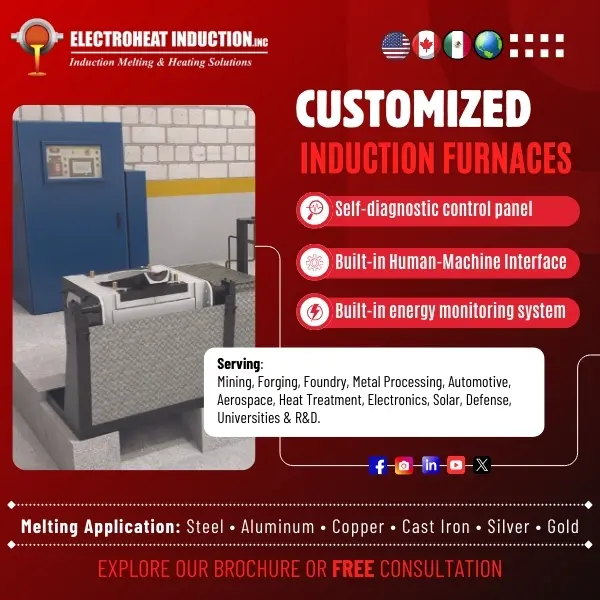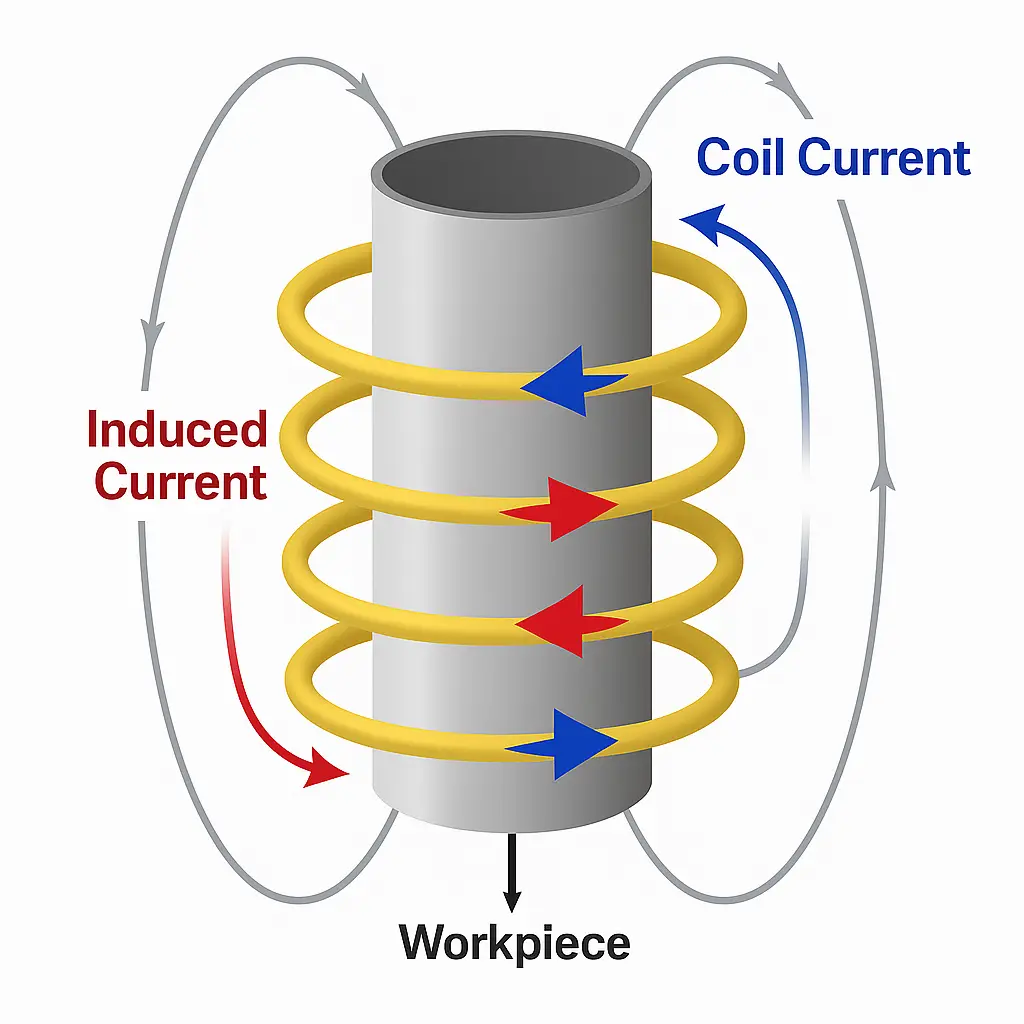We are advisors and consultants to a wide range of industries—including Foundries, Steel Plants, Mining operations, Metal Mills, Universities, Military
institutions, Aerospace, and metal processing industry.
Our mission is to help clients reduce energy consumption and identify the most efficient induction furnace solutions ailored to their specific perational needs






Melting cast iron efficiently and cleanly is a top priority in modern foundries and metal processing plants. Traditional methods like cupola and arc furnaces often fall short due to high emissions, energy loss, and inconsistent melt quality. That’s why more industries are turning to the induction furnace for cast iron melting, a cleaner, faster, and more controllable option that revolutionizes how iron is processed.
An induction melting furnace for iron relies on the principle of electromagnetic induction to generate heat directly within the metal, making it one of the cleanest and most efficient methods for melting cast iron.
The process unfolds in the following steps:
Unlike combustion-based systems, induction furnaces use no flames or fuel. This offers significant advantages:
This section is illustrated below with labeled diagrams to help visualize both the electromagnetic heating principle and the typical system setup.


To understand what makes an induction furnace efficient, it’s essential to look at its major components. Each part of a cast iron induction furnace plays a specific role in ensuring safe, uniform, and high-speed melting operations. Below is a breakdown of the critical elements and their functions.
Component | Function |
Power Supply Unit | Converts AC input to high-frequency AC for induction |
Induction Coil | Copper coil generating the magnetic field |
Crucible | Heat-resistant vessel holding molten cast iron |
Cooling System | Water-cooled system to regulate coil temperature |
Tilting Mechanism | Hydraulic/manual system to safely pour molten metal |
Control Panel | Allows monitoring and precise process control |
Furnace Shell | Encloses components and ensures structural integrity |
Table 1. Key Components of a Cast Iron Induction Furnace.
Adopting an electric furnace for cast iron provides more than just energy savings—it delivers cleaner operations, precise thermal control, and long-term reliability. Whether you’re running a high-volume foundry or a flexible alloy development line, the following benefits make induction technology a strategic choice for modern casting environments.

With their flexibility and efficiency, cast iron induction melting furnaces are used across a variety of industries. Here are the most common application areas where these furnaces deliver superior value and performance.
Modern foundries require precision, speed, and environmental responsibility. A high-performance induction furnace for iron melting delivers all three. Whether you’re managing high-volume production or small-batch melts, this technology ensures high-quality output, energy savings, and long-term reliability.
Looking to upgrade your melting systems? Choose Electroheat’s advanced cast iron induction furnace solutions backed by IGBT technology, intelligent controls, and expert support.
Electroheat’s induction furnace for cast iron melting is designed to deliver all these benefits in one robust, scalable system.